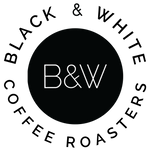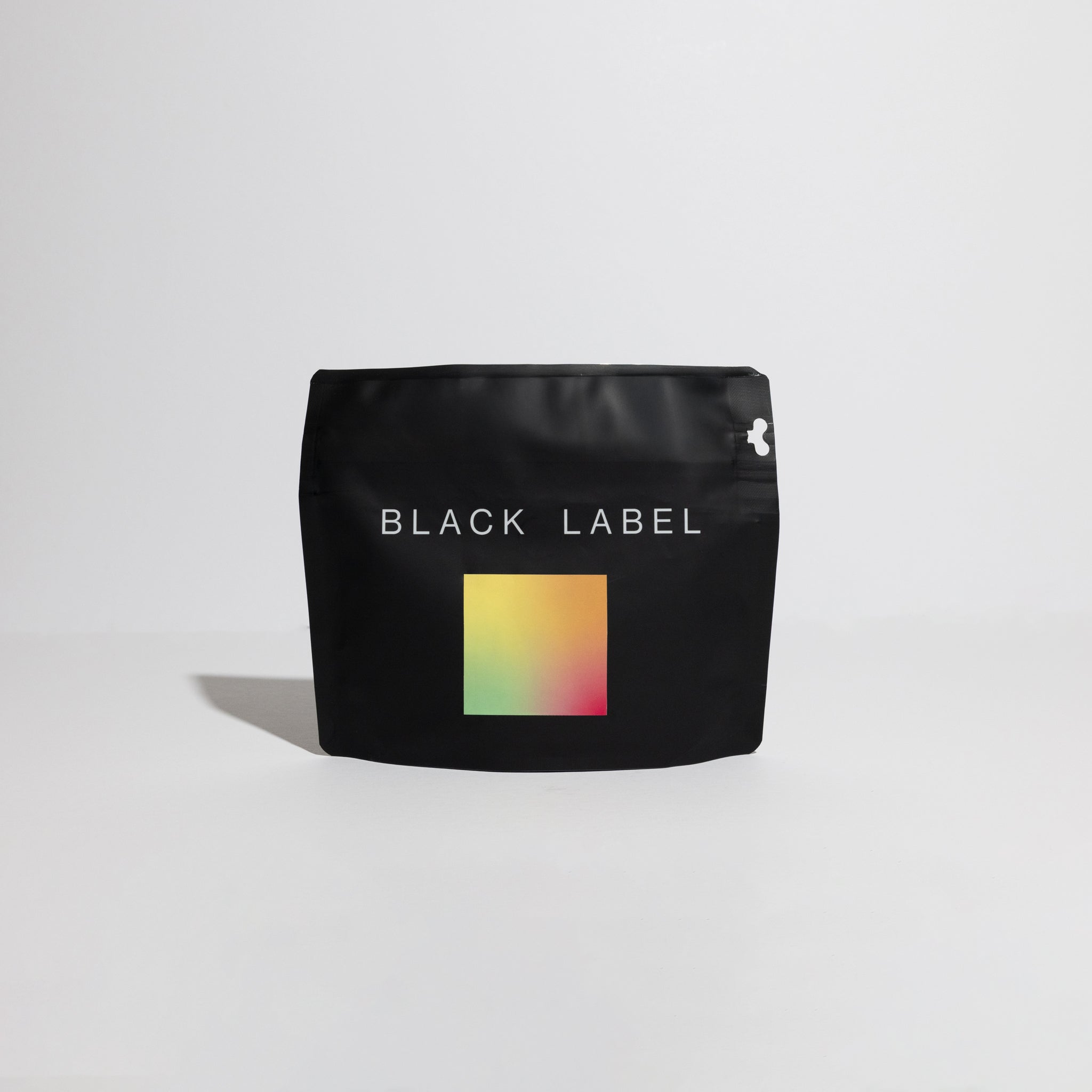Brewing Suggestions For Our Coffee At Home
“How should I brew coffee from Black & White?” We get this question a lot, and we love chatting about how folks can get the most out of the coffees we roast. But, since everybody’s gear setup, water sources, and preferences are different, we haven’t found a great way to post definitive brew guides for specific coffees.
We do have some tips that have seemed to help most folks, though…
Brewing Guide FAQs
Why is it good to let my coffee rest before brewing?
First, our coffees do great with a bit of rest. In our cafes, we’ve discovered that things really start to shine at or after 14 days post roast. You certainly don’t have to wait so long, but you’ll notice the cup’s clarity increase over time. Clean, washed coffees tend to need less rest than funkier coffees that feature higher-impact fermentation methods (like naturals, anaerobic naturals, or co-ferments).
What ratio should I use for espresso?
For espresso, we start all of our coffees at a 1:2 ratio with a brew time around 24 seconds. This recipe usually works great for year round coffees and single origin coffees with lower impact fermentations. Funky coffees often get the longer ratio treatment (sometimes up to 1:3), but your preferences may lead you elsewhere. We celebrate that!
Do you roast differently for espresso v. coffee?
We roast all of our coffee to be suitable for any brew method you prefer. If you visit one of our cafes you’ll see that we regularly rotate the coffees that we serve on pour over and espresso.
Will you grind my beans if I don’t have a grinder?
Absolutely! In the notes section of your order just request the coffee ground and let us know what your home brew method is.
What temperature is your water for brewing?
Around 200℉ / 94℃. This will change depending upon the quality and properties of your water (ie. filtered, distilled, tap water, etc.)
What are your grind recommendations for ____ brewing?
- Espresso
- Drip / pour over
- French press
- Cold brew
Grind size recommendations are tricky as it depends on the type of grinder you have and how it's calibrated. Think of these grind sizes as a spectrum, from very fine to very coarse. The order on this spectrum is:
Espresso = more fine grind
Drip / pour over = midway on the spectrum
French Press or Cold Brew = more coarse grind
It’s best to trust what you're tasting as an indicator of whether to go for a fine or coarse grind. If the coffee is too fine or “over-extracted” it will leave a bitter taste or dry feel to your mouth. If the grind is too coarse you will “under-extract” the coffee meaning that the water passed through it too quickly and did not process out all the flavor and complexity, leaving your drink to be more watery and lacking in flavor.


